"We live by looking at European art, but there are a lot of expressions in the world."
- The painter Marta Cardenas illustrated the issue 5 of Erlea magazine. Although he lives in Madrid, he went to Bilbao on the occasion of the presentation of this issue. He got on the stage and began to speak in Basque, in the good language of Bidegoian, realizing his work without ringing.

We have read the interview by Bernardo Atxaga in Erlea magazine about your objects. You're not just talking about objects, you're talking about life and childhood and other things. We've seen your paintings. We don’t know how he started painting…
At the age of 13, he was the youngest in the class. It was the moment she was starting to become a woman. I was a little childish and the boys looked at all the other girls. Not me. The girls, then, started to put me away, because I didn't like the boys. In addition, those girls had very different interests than mine. It was Gregory Peck, nothing else and nothing else. I stayed alone, which was a terrible suffering for me, because the absence of friends seemed very bad to me. At that age, girls are very cruel.
Loneliness in school. How about the house?
Well at home. Look, in our house there was a great fondness for art. The paternal grandfather was an architect and in this family everyone drew. My own father drew and painted wonderfully. He did it easily. There was an atmosphere for languages and also a hobby for art. Good at home, bad at school! I wasn't at ease and the nuns weren't happy with me either. It was strange, they didn't know what to do with me. There we had to be a sheep flock. If you happened to smoke in the toilets, they already knew how to behave. They knew what to do with the young girl who was chasing the boys. But they didn't know what to do with a weird girl who didn't have friends with me. I painted, I had good grades on all subjects, I studied a lot… but I had a “bad spirit”. They say. I mean, I didn't care what the nuns were counting. That's what the nuns said. Despite my good grades, I was never put first in class. Always the second.
How had this knot been unleashed?
At that time Menchu Gal came to our house, as usual. I had already made portraits of my sister, me… One day, I started painting myself too, and then I: "Oh, if I'm a painter! A painter! Wonderful!” I started painting and the painting was coming out of me. It was crazy. The painting suddenly appeared in my life!
All of a sudden?
Yeah, all of a sudden. And as I discovered all of a sudden, and at the time that I could think, what my eyes were seeing on paper was something extraordinary. I mean 1959 -- I liked to make portraits, a person, his eyes, his life, and leave them forever on paper. It was always different, always, different in each case, like starting from scratch, suspense, it was magic! He was 15 years old, in sixth grade, and he had been painting the year. I was getting up earlier, two or three years ago, and with my father next to me, I was painting six to seven. Then I started to like painting just in the room, in a big bloc. I would take him to school, I would look at him and I would be very happy. A few months later, I met Usua Gabarain, a third-year student, whom I also liked to paint. Before school, we were going to paint, at the end of the course, when there was light in the morning.
Where did they go, what did they paint?
Pier of San Sebastian, Ulía, Igeldo, iron bridge, La Concha. They made a legend around us, we were painters, we were painting, raised at six o'clock in the morning. On Sundays we were doing the same thing, we were painting on our notebooks. So I started writing. I liked it a lot and I still like it. I counted my life to digest, to realize what was going on around me, to understand it, and, on one occasion, to think about this and that. I felt happier than happy. Painting or writing? It doesn't matter! It was important to be an artist! When I finished high school, in summer, I ordered a box of oil, and they bought it from me. And I started receiving classes in the Guipuzkoan Artistic Association with Jesus Gallego. Very good professor. I started to improve my drawings, took the coal and made shadows quickly in big white papers that lined up drawers. And most of all, I learned to round the picture. We also had models, some young man, some drunken guy who had caught up in the Old Part… For a little bit of money, there he was.
You mentioned Usua Gabarain and Jesus Gallego, accompanying us on the road…
And Dad! My father was following my path, my adventures closely. I was happy and I asked whenever I took my notebook, wherever I went. Without him there were no artists. My father was just picking up my notebook. Notebook for Sister Elena's first communion. To Rome -- his father had a congress -- a notebook. To London, a notebook. My father would make slides and then teach us at home. Once there he was: “And this is Matxakita, painting on Picadilly.” On behalf of Machaquito, the bullfighter, he called me "Matxakita." So, father, to take the notebook to me always and so to me, always painting. They really helped me a lot at home.
He studied Fine Arts at the San Fernando School, also studied in Paris… Was everything natural?
Yes. Painting or writing was my only problem. My father's cousin convinced him to push me to paint. This cousin was a painter and lived in Madrid. He told her to study fine arts and so on. I was in England, in the barnetegi, and from there I came, at the age of 17, to Madrid, to the School, to prepare myself to start studying. I studied and had a scholarship to go to Paris, to learn more. I was fine and I would stay there. But from there I came to San Sebastian in September, before I started the course, to see my parents, and by hitchhiking, I was picked up by a professor at Irun, a drawing professor, and we became friends and convinced me to stay. And I was a professor at a high school. Then they threw me out of there, because the atmosphere of that time was like this.
How did your first exhibition come? San Sebastian, 1970.
In the year I started studying Fine Arts, 18-19 years ago I, once in the movies, my parents saw Eduardo Chillida. His father, apparently, had already had a relationship with Eduardo. And he said to him, “Look, this is our daughter, Marta. He has been received to study Fine Arts in Madrid. He is a painter.” And Chillida: “Very good.” I told her I'd like to see her study, and this and that. He would call me. But he didn't call. Then I wrote him a letter, which he had seen his sculpture works in an exhibition hall of the National Library of Madrid. They were the first sculptures of the Wind Comb, and I told him in the letter that I liked and why. So yes, he heeded me. The first time I saw it, I saw it with Rafa Ruiz Balerdi. The two would come to my office in summer. In winter, Eduardo put me in the hands of Rafa. When I ran out of work, I told Eduardo that I was furious at making an exhibition, that I had gone to some places to teach it, but that nobody would listen to me. So Eduardo talked to the head of the Hutsera gallery, he discovered my works, and I made an exhibition. A lot of people came in, and I sold a lot, people liked it. And then, Bizente Ameztoi, Zuriarrain, Carlos Sanz… they surrounded me, we were friends. We formed the group and showed our works in different places, in San Sebastian, in San Telmo; in the newly opened Plaza Ezkurdia de Durango; in Bilbao, in the gray gallery… The exhibition came one after another, my works were sold well, and I left the classes and so on, and I began painting, absolutely.
What is today the hobby of archaeology, that hobby for drawings that are thousands of years old?
I'm reading a book about the civilizations of the Sahara. It analyzes what has been in the Sahara since prehistory. In addition to archeology, I like anthropology. Or if you like, the art of the cultures of the world. Twenty, twenty-five years ago, I went east, between China and Japan. More recently, to India. I was there in 1996. The art of all peoples. African art and mythology. I've written a bunch of notebooks, a bunch of notes about art, I'm interested in all the cultures of the world and all the time. Himalaya, Caucasus…
What attracts you in the cultures of the world?
I think we live by looking at European art, completely closed to others. The only thing we see is the European, and meanwhile, there are a multitude of expressions in the world, a lot of different ways to convey emotions, different ways to create beauty. What are we going to close our heads? Let's not talk! Open it! I, along with my paintings and engravings, have made a graphic report on the discharge of the nice one in Getaria, even if someone wants to publish it, waiting. Living in lockdown? No. Open it!
Marta Cardenas Diaz de Espada (Donostia, 1944). Leongoa zuen aita –sendagilea–, Donostiakoa ama. Deban udan ezagutu zuten elkar, eta Donostiara ezkondu. Hantxe sortu zen Marta, zortzi senideko familian. Arte Ederrak ikasi zuen Madrilen, eta Parisen sakondu zituen ikasketak. 1970ean egin zuen lehen erakusketa, Chillidak bideraturik, Donostiako Huts galerian. Estreinako hartan izandako arrakasta lagun izan du harrezkero. Munduko kulturak maite ditu, haietan ikusten dituen bide mugarik gabeak, milaka urte dituzten aztarna biziak. Madrilen bizi da, Luis de Pablo musikagilearekin ezkondurik, eta han ikasi zuen euskaraz.
“Erakusketa bat egitekoa nintzen, eta sarrera hitzak eskatu nizkion Edorta Kortadiri. Edortak pinturaz hitz egiten du. Besteek, ez. Honek soziologiari buruz, hark politikaz, eta, batez ere, filosofiari buruz idazten dute. Edortak ez. Niretzat Edorta da arte kritikaririk onena”.
In the Chinese province of Shanxi, in a tomb of the Tang dynasty, paintings depicting scenes from the daily lives of the dead are found. In one of these scenes a blonde man appears. Looking at the color of the hair and the facial expression, archaeologists who have studied the... [+]
Carthage, from B.C. Around the 814. The Phoenicians founded a colony and the dominant civilization in the eastern Mediterranean spread to the west. Two and a half centuries later, with the decline of the Phoenician metropolis of Tyre, Carthage became independent and its... [+]









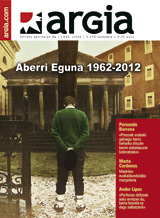

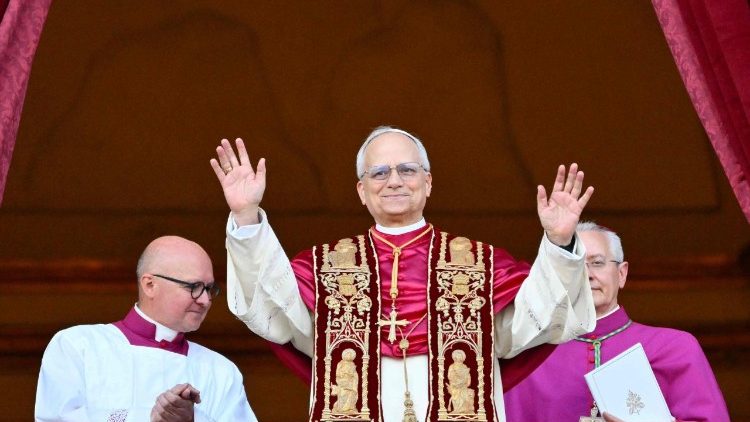

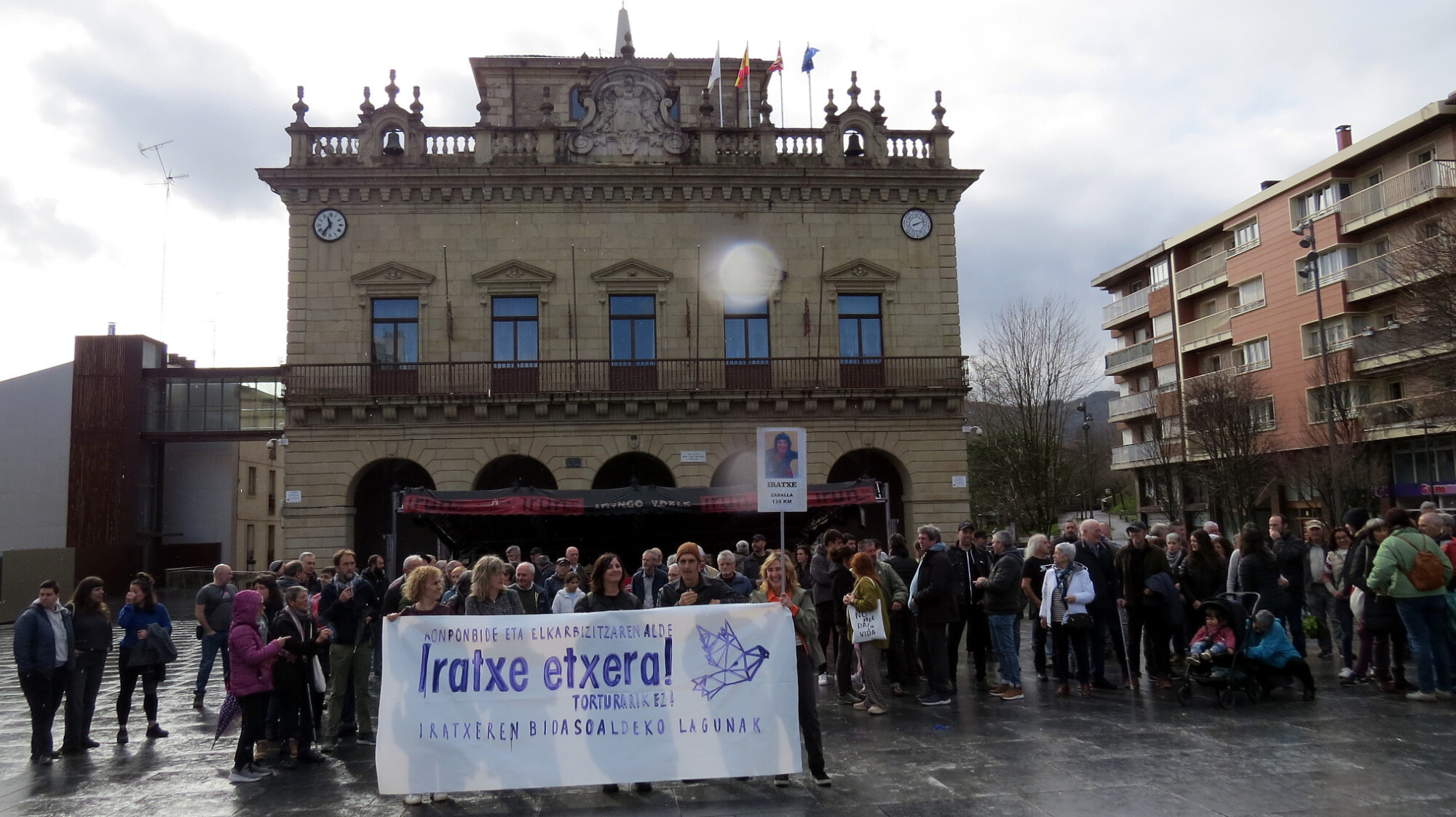
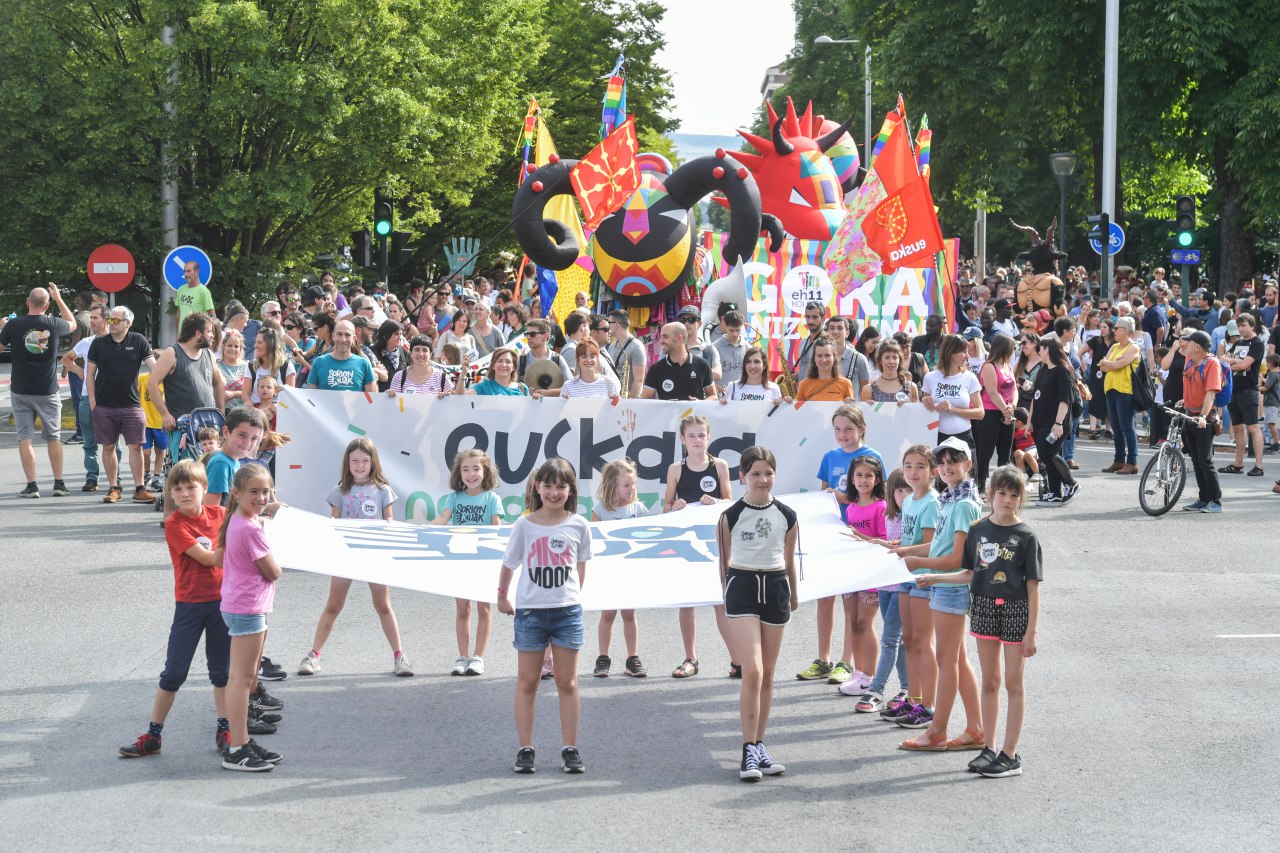
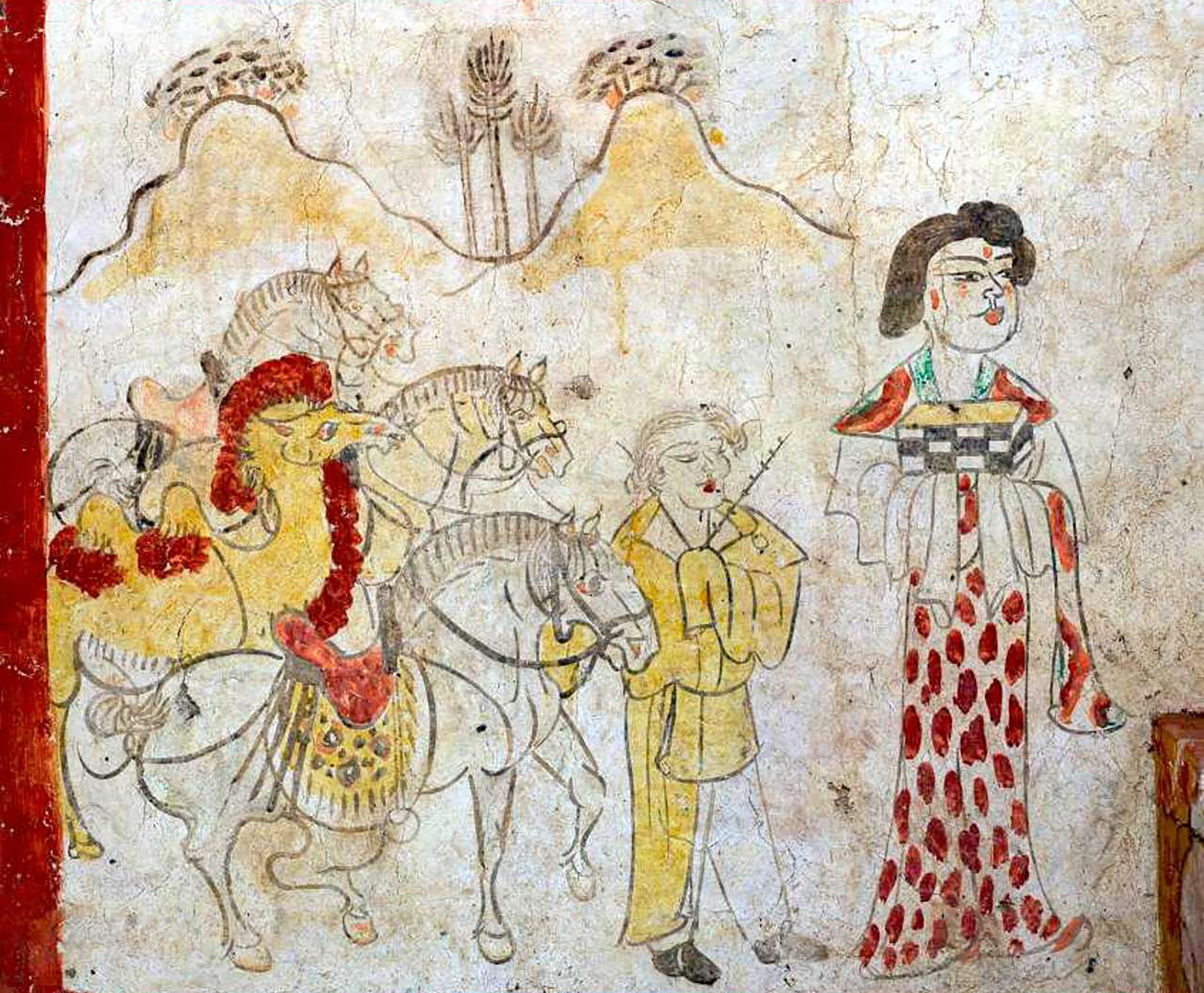
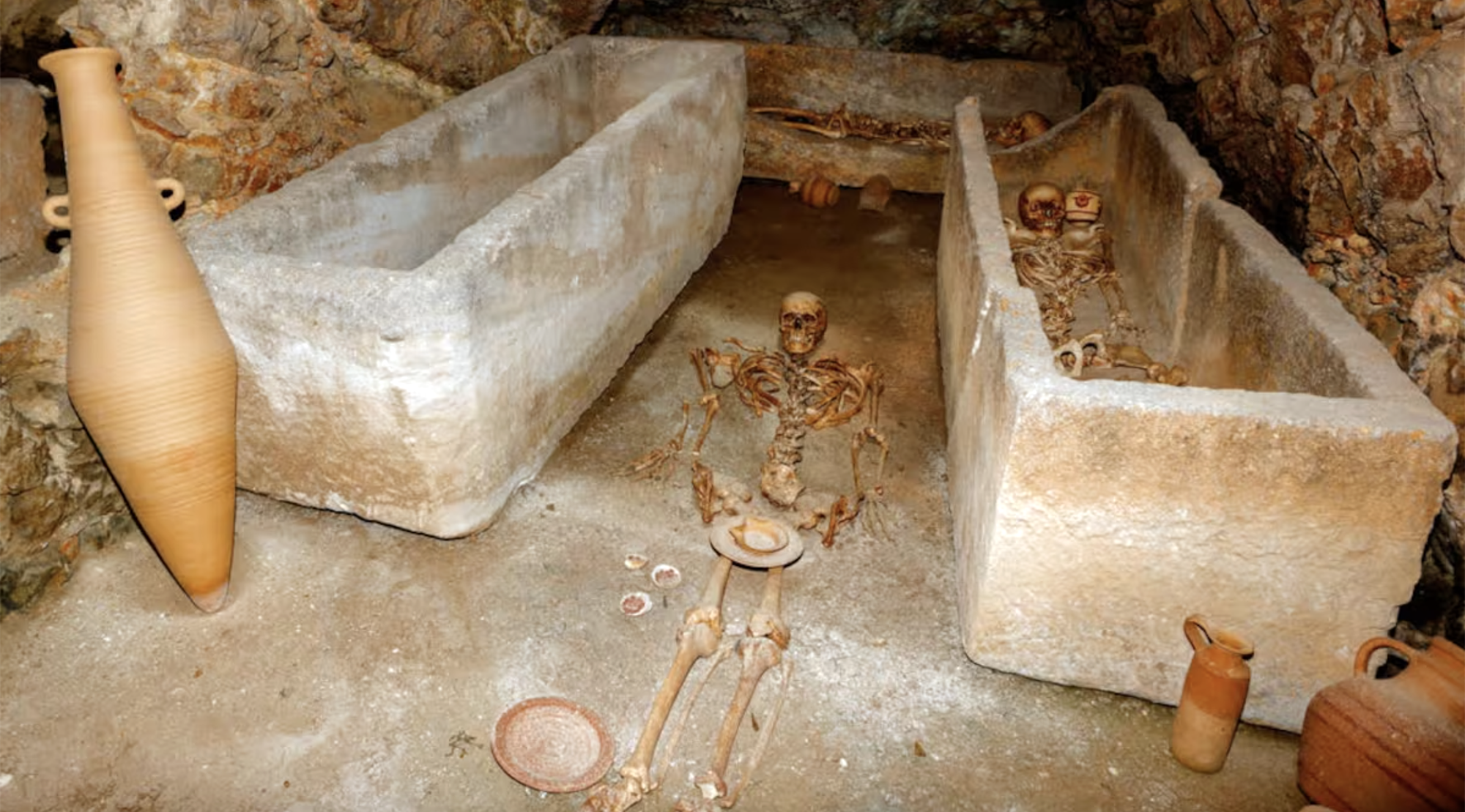

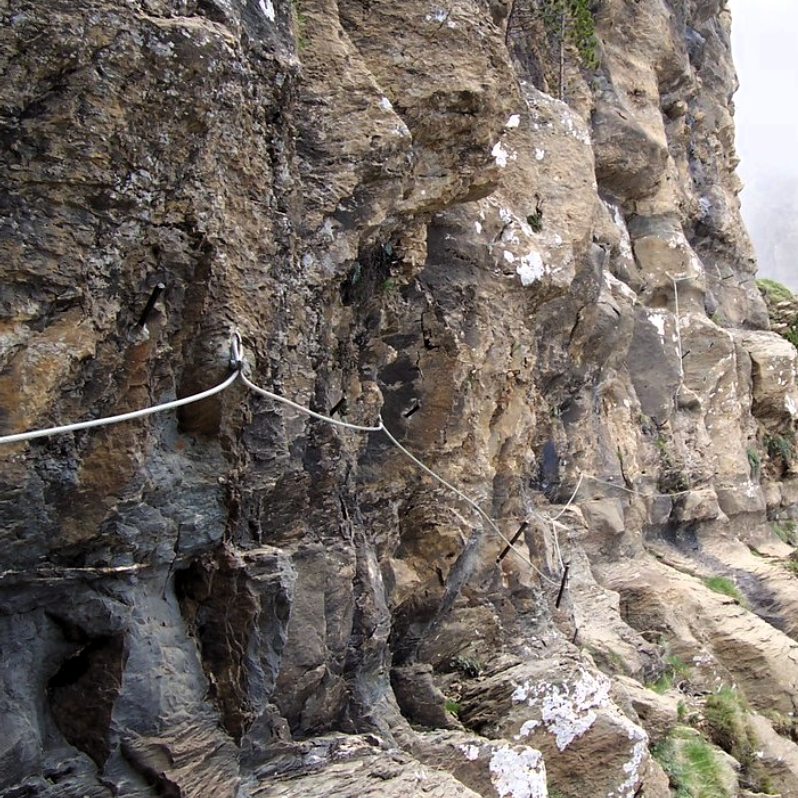
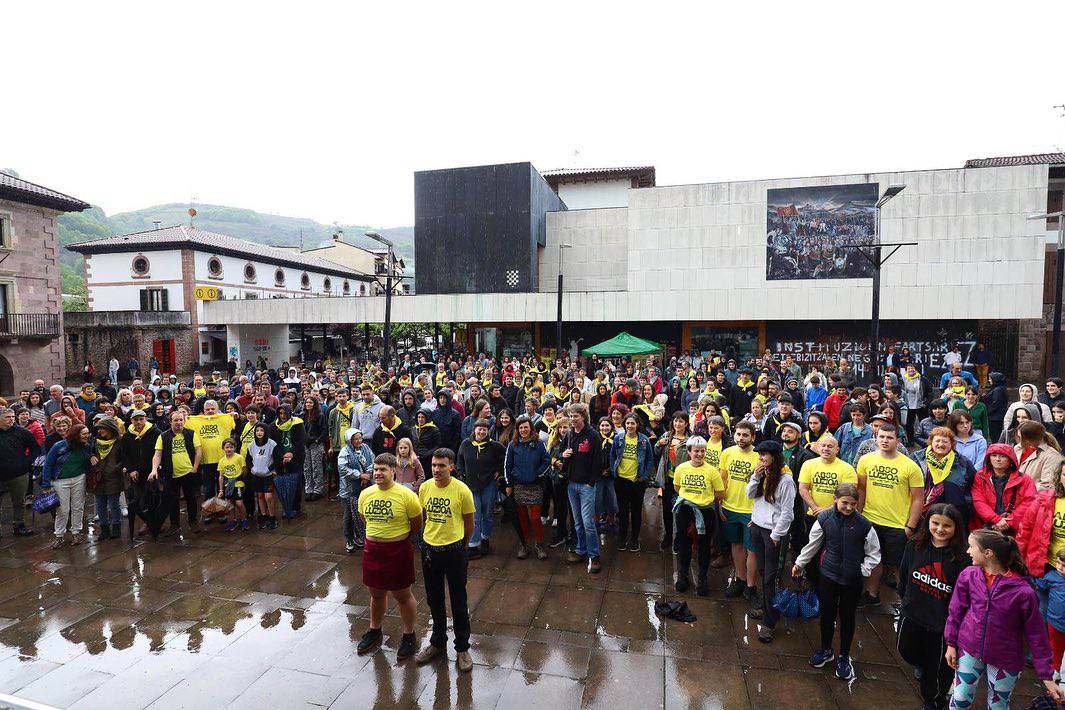

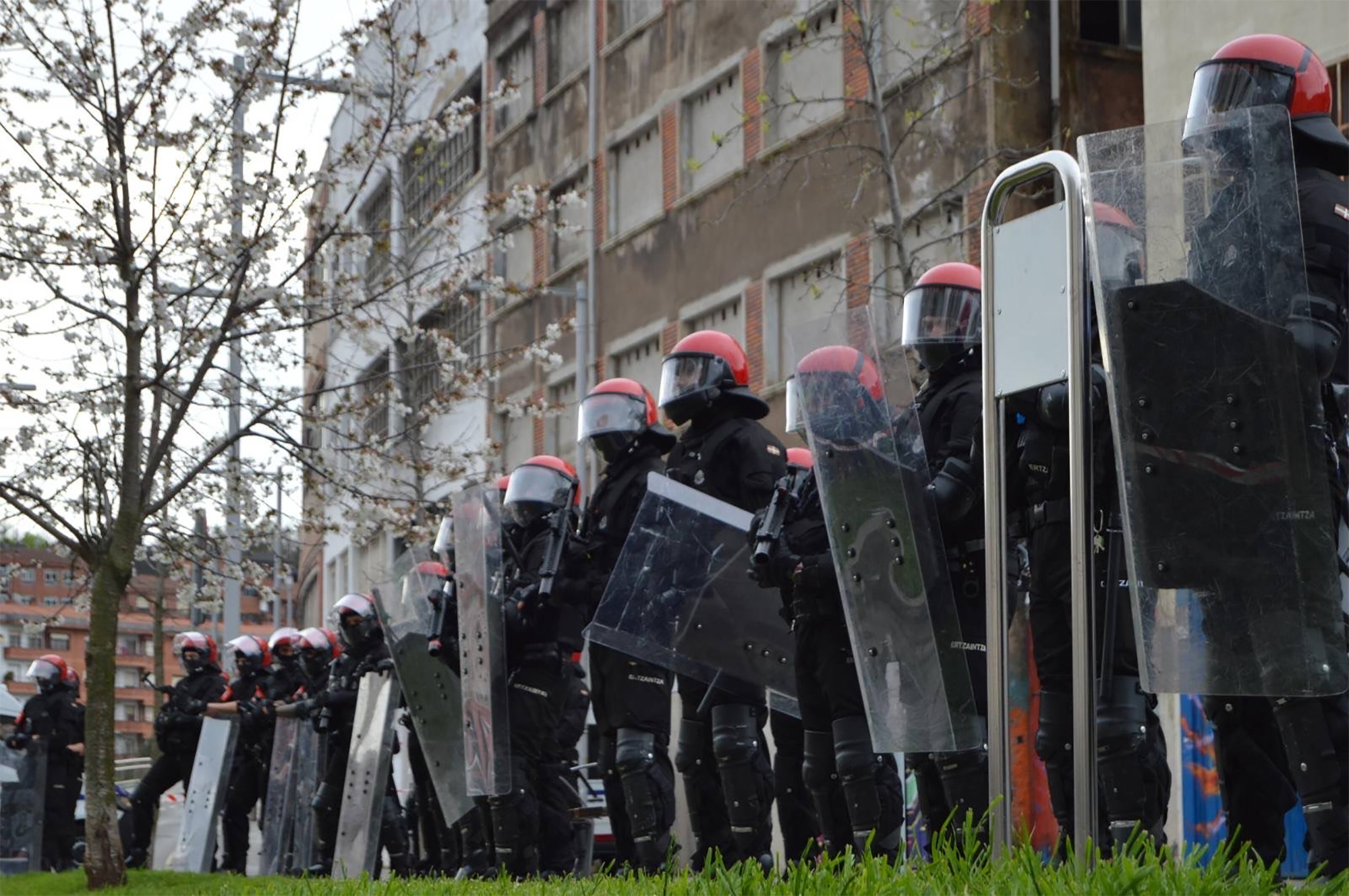
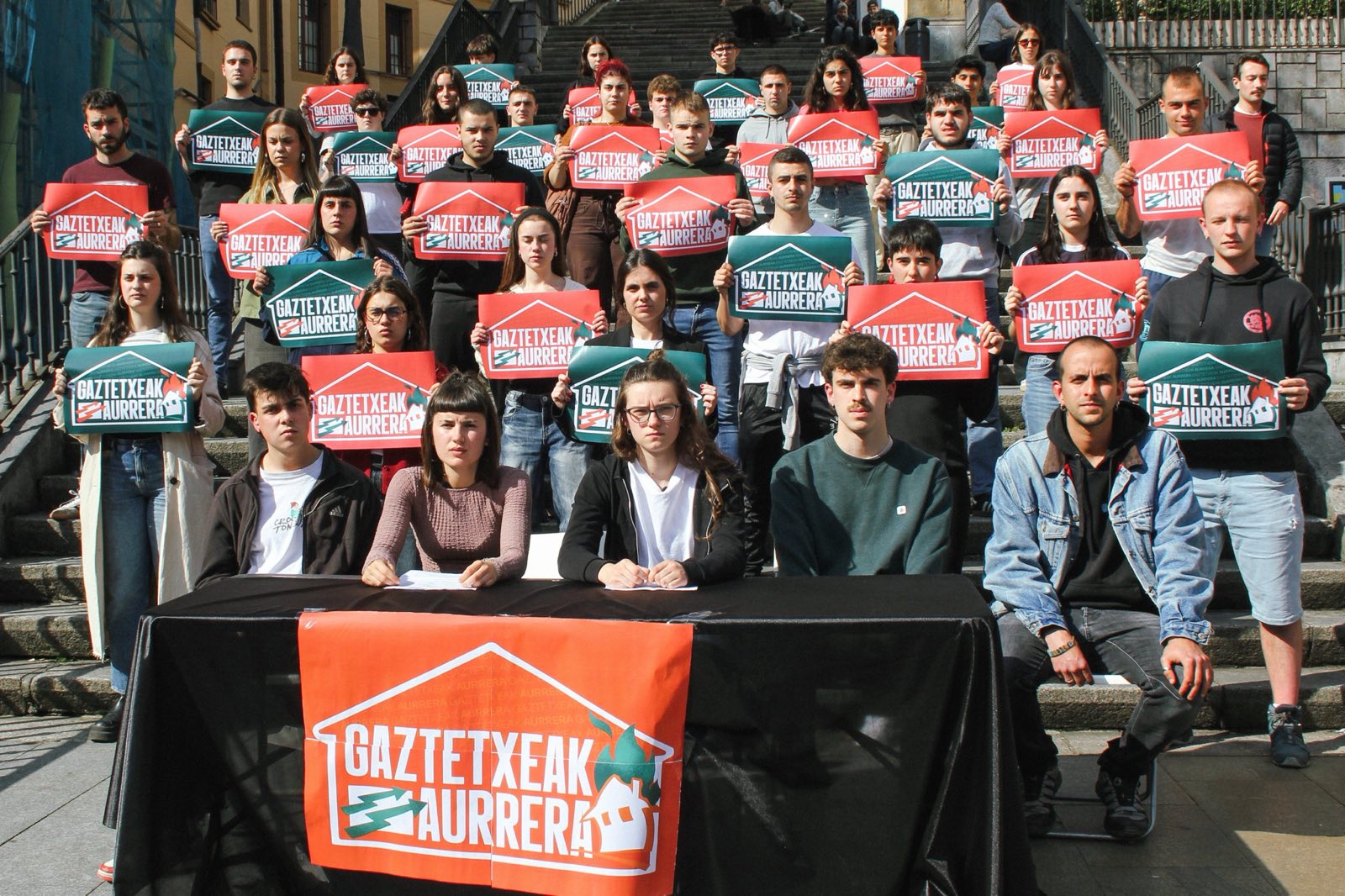
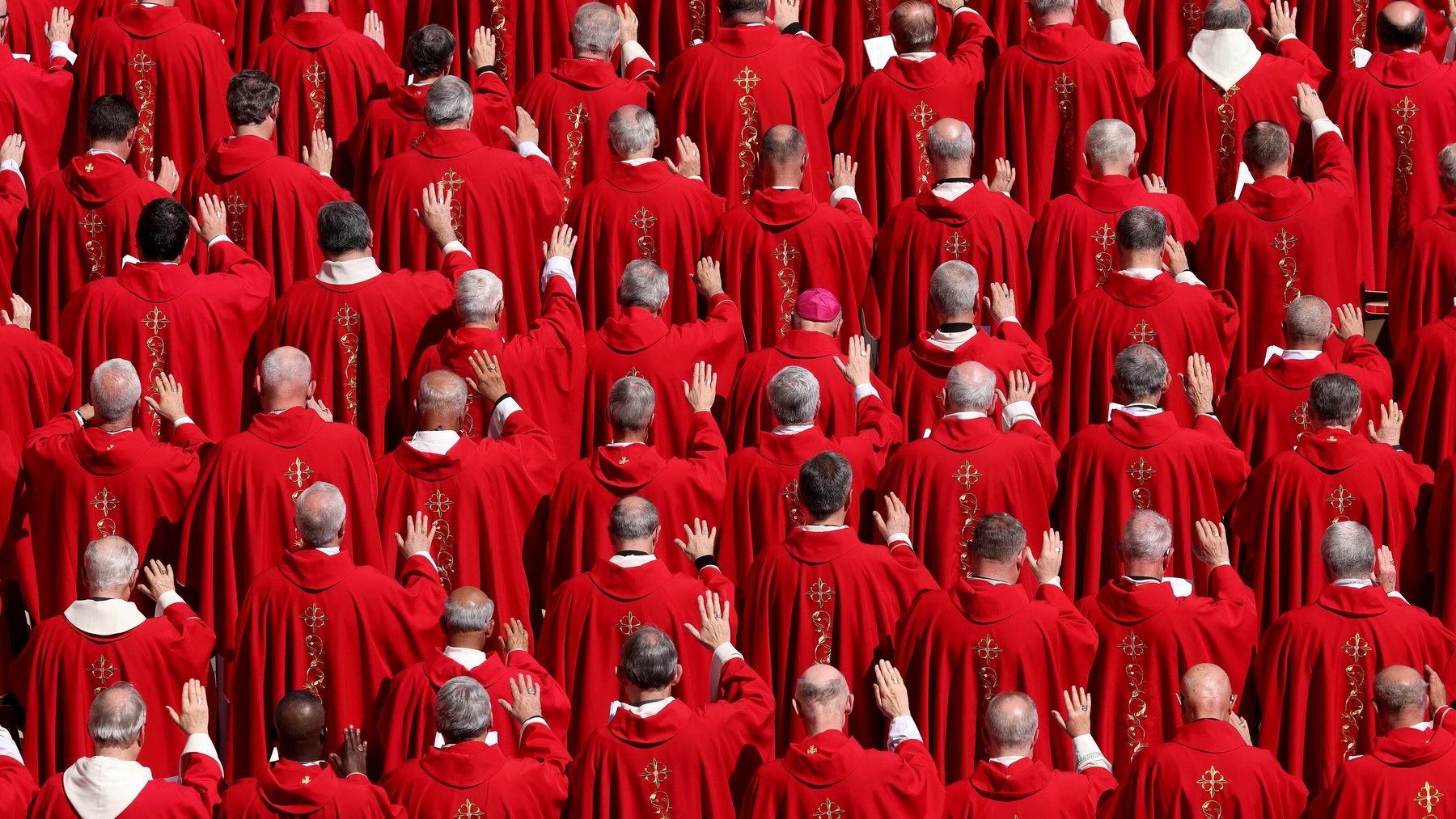
.jpg)
